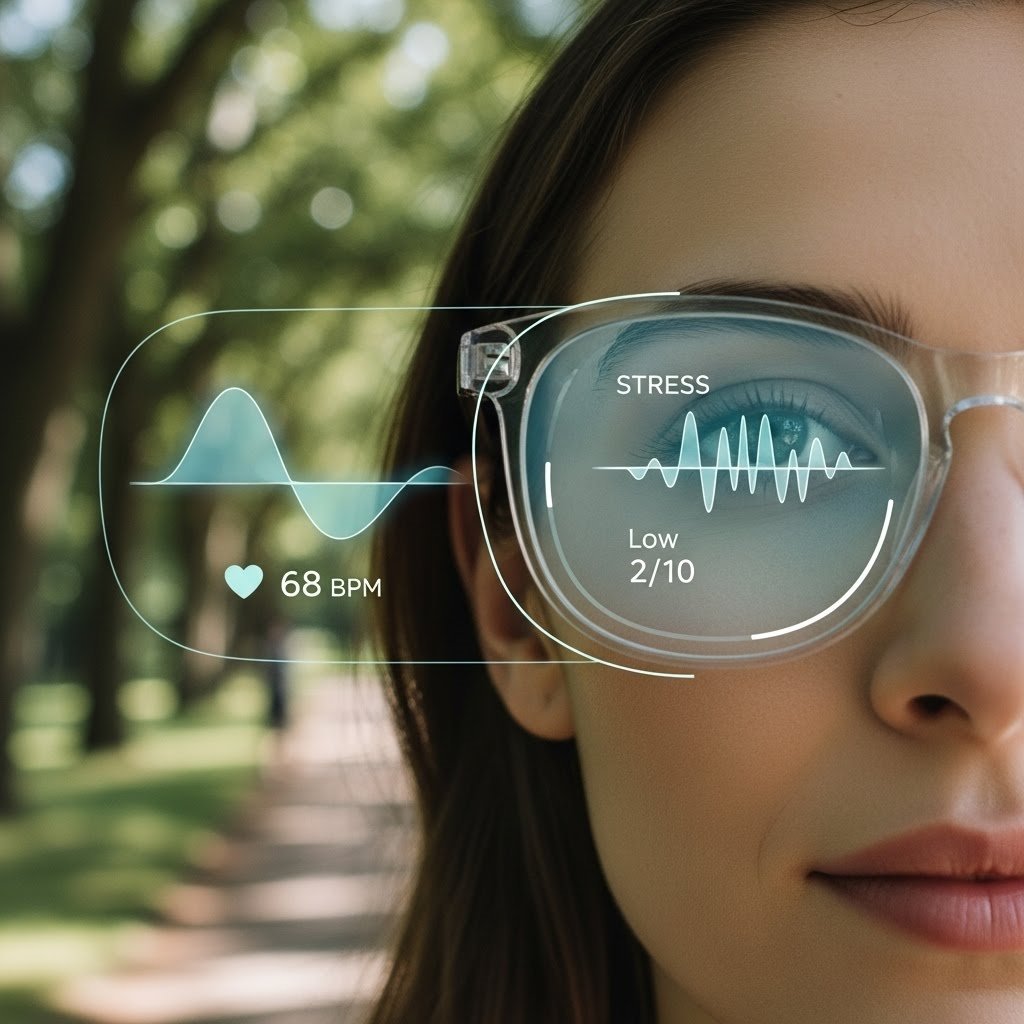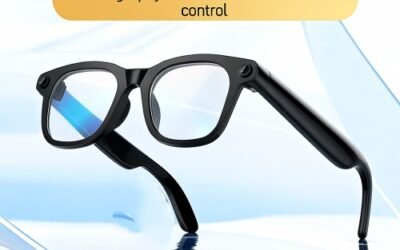What Are Smart Glasses, and Why Is Everyone Suddenly Talking About Them?
If you’ve been paying attention to tech news lately, you’ve likely noticed a surge in announcements about smart glasses. Companies like Xiaomi, Oppo, Alibaba, and Huawei have all launched their own versions, while others like ByteDance are deep in R&D.
But why now? Weren’t smart glasses like Google Glass a flop years ago?
The answer lies in three key shifts:
- AI Maturity: Today’s AI enables practical applications like navigation, real-time translation, object recognition, and voice-based payments.
- AR Readiness: Augmented reality overlays are now smoother and more useful.
- Proven Use Cases: Markets outside China have validated the category’s potential.
The Unlikely Leader in Smart Glasses
You might assume Apple or Google leads this space—but the real powerhouse is Meta.
According to IDC’s Q1 2025 report, Meta dominates the global XR market. Counterpoint Research confirmed this in September, noting Meta held a 71% market share in Q2 2025.
Its Ray-Ban Meta smart glasses surpassed 2 million units sold by February 2025, with projections reaching 4–5 million by year-end.
Why haven’t we heard more about Meta’s success? Simple: the products are geo-locked and not officially available in China.
Two Roads to Smarter Vision: Optical Systems Compared
Not all smart glasses are built the same. They generally fall into two optical camps:
🔮 1. Waveguide Technology
This approach uses ultra-thin lenses that guide light via total internal reflection. It’s ideal for discreet, all-day wear and comes in two flavors:
- Geometric Waveguide: Uses tiny embedded mirrors
- Diffractive Waveguide: Relies on nano-scale gratings
Pros:
- Looks like regular glasses
- High transparency
- Lightweight
Cons:
- Lenses are often non-replaceable
- Prescription options can be expensive
| Brand | Model | Display Tech | Visibility |
|---|---|---|---|
| Meta | Ray-Ban Meta | LCoS | Fully private |
| TCL (Rayneo) | X2 | MicroLED | Slightly visible at certain angles |
| Rokid | Rokid Glasses | MicroLED | Transparent, but display area visible |
🖥️ 2. Birdbath Optics
This design works more like a wearable big screen. It sacrifices some transparency for a larger field of view and higher contrast—perfect for media consumption.
Pros:
- Great for videos and immersive content
- Lighter than full VR headsets
Cons:
- Darker lenses (like sunglasses)
- Less suitable as everyday eyewear
| Brand | Model | Prescription Support |
|---|---|---|
| XREAL | Air 2 Pro | Magnetic clip-on lenses |
| Viture | Luma Pro | Adjustable diopter or clip-ons |
| TCL | Rayneo Air 3s | Clip-on prescription inserts |
There’s also an emerging Virtual Retinal Display (VRD) technology—used by Brilliant Labs—that beams images directly onto your retina using low-power lasers. It’s still niche but points to where the industry could head.
Smart Glasses vs. VR Headsets: What’s the Difference?
Devices like Apple Vision Pro, Meta Quest, and Samsung Galaxy XR offer stunning immersion, but they’re:
- ❌ Heavier
- ❌ More expensive
- ❌ Shorter battery life
- ❌ Socially awkward to wear in public
Smart glasses, by contrast, are designed for all-day wear and real-world use.
The Interaction Challenge: Beyond Voice Control
Since voice commands aren’t always appropriate in public, companies are exploring new input methods. Meta’s (sEMG) detects subtle muscle movements in your wrist, allowing silent control and even text input.
The company open-sourced emg2pose, a project trained on a dataset from 193 participants—showing just how serious they are about making smart glasses usable everywhere.
What’s Holding Smart Glasses Back?
Two main challenges remain:
- Battery Life: Most models include a magnetic external battery pack to extend usage beyond the built-in 200mAh cell.
- Price: Advanced optics and AI components aren’t cheap yet.
There’s also a hidden tech factor: smart glasses apps are almost exclusively native apps. They rely heavily on Bluetooth (for audio, controls, and BLE) and platform-specific AI integrations—making cross-platform solutions rare.
The OEM Behind the Smart Glasses Boom: ZhuoHao Technology
As brands race to launch their smart glasses, one company is playing a crucial role behind the scenes: ZhuoHao Technology.
As a leading smart glasses manufacturer and OEM/ODM provider, ZhuoHao enables brands to:
✅ Turn concepts into mass-produced products
✅ Optimize complex optical and audio integration
✅ Scale quality manufacturing at competitive costs
Whether it’s waveguide or Birdbath designs, ZhuoHao’s engineering expertise helps brands navigate the “impossible triangle” of weight, performance, and battery life—the core challenge in smart glasses development.
The Big Question: Will Smart Glasses Become the Next Smartphone?
Probably not—but they don’t have to.
Smart glasses are finding their place as AI-powered companions that reduce our need to constantly check phones. As prices drop and technology improves, we may see them become as common as wireless earbuds are today.
Interested in developing smart glasses? Partner with ZhuoHao Technology —the OEM/ODM expert helping brands turn futuristic eyewear into reality.
#SmartGlasses #AI #AugmentedReality #TechExplained #ZhuoHaoTechnology #OEM #WearableTech #Meta #RayBan




0 Comments